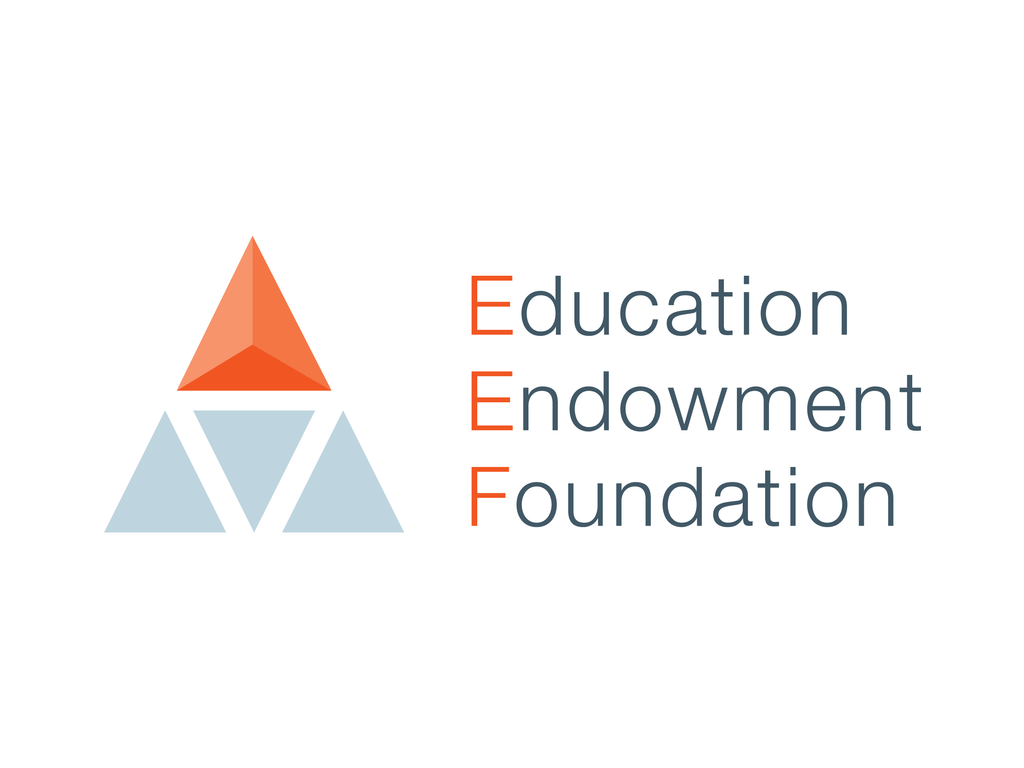The following domains were agreed upon by the EEF and the UCL Institute of Education to be covered by the Early Years Measures review. The home and learning environment measures are only covered in the review and guidance document as there are limited measures available at present.
Language is primarily a representational system that emerges as a child’s cognitive skills scaffold understanding and organisation of the world. Assessments of language development typically focus on three domains: vocabulary, grammar, and social communication.
Literacy includes reading and writing. The only element of writing covered in the review is spelling as although as children mature grammar and composition become important, for the under-sixes these dimensions are insufficiently developed to reliably assess.
There is general agreement that in the preschool years many children begin developing the symbolic number skills of counting, transcoding, comparing number magnitudes, and simple arithmetic that are required for more advanced numeracy. Assessments of numeracy typically focus on these symbolic number skills.
Early social and emotional development is broadly defined as a child’s capacity — from birth to five years of age — to form close and secure adult and peer relationships, experience and regulate emotions in socially and culturally appropriate ways, and explore the environment and learn. This review focuses on social competence, emotional competence, behaviour problems and self-regulation. For more detailed information on the diverse domains in social and emotional skills, please see our SPECTRUM database here.
These measures look across more than one of the domains above and often given sub-scores on specific domains as well as total scores.
Measures of the home environment aim to go beyond describing children’s social context as determined by socio economic status and to identify and profile environmental processes that can drive development. Assessments of the home environment focus on the quality of support the child receives, home literacy and numeracy practices, and parental reading beliefs.
Measures of the early years learning environment examine the quality of the setting and how practitioners can support learning and development. Assessments tend to look across many domains including emotional and behavioural support, scaffolding of behaviour, climate, sensitivity, and modelling.
Projects
How to use the Early Years measures database

Projects